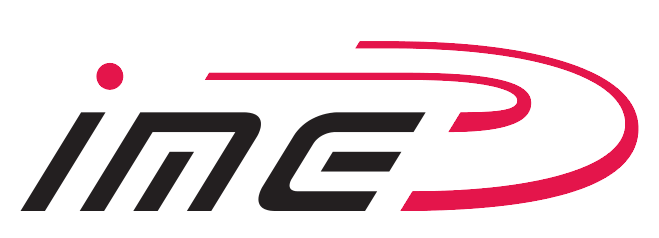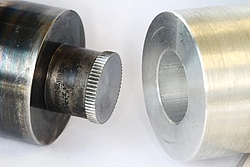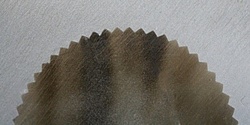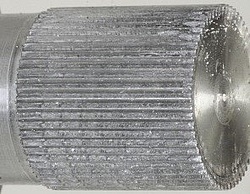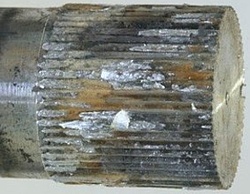Shaft-hub-connection
The shaft-hub connections are a group of machine elements which are the focus of the institute's scientific research. In addition to services for industry partners in the form of advice on the selection, design and constructive integration of shaft-hub connections, the experimental development of special shaft-hub connections is a central task. These are self-cutting and -forming connections, in particular knurl connections. These alternatives to conventional shaft-hub connections have a high regarding load transfer capability and space optimization.
Special feature of this type of connection is the double function of the forming toothing. On the one hand, this produces a counter-toothing during axial pressing into the hub body, cutting or reshaping, and thus serves as a tool. On the other hand, the shaft toothing serves as a positive transmission element.
Due to the nature of the toothing production - the forming toothing produces the counter-toothing - mating construction is the case. This results in a favorable design a backlash-free connection with uniform load of the individual distributed over the circumference teeth. This results in a high load transfer capability.
Another positive aspect is the multitude of geometric parameters that can be varied for application-specific adaptation and optimization.
Although there is a wealth of experience in the field, it covers only a narrow range of parameters. Generally valid and secure guidelines for constructive design and computational interpretation of this type of connection are therefore not yet available. For each application, therefore, a tailor-made development that takes into account stress, material combination and other framework conditions is necessary. A test stand-based protection is unavoidable.
Contact
Institute of Machine Components and Methods of Development
Inffeldgasse 21b/II
8010 Graz
Tel.: +43 316 873 7361
Fax: +43 316 873 7370
Email: ime@tugraz.at
Web: www.ime.tugraz.at
